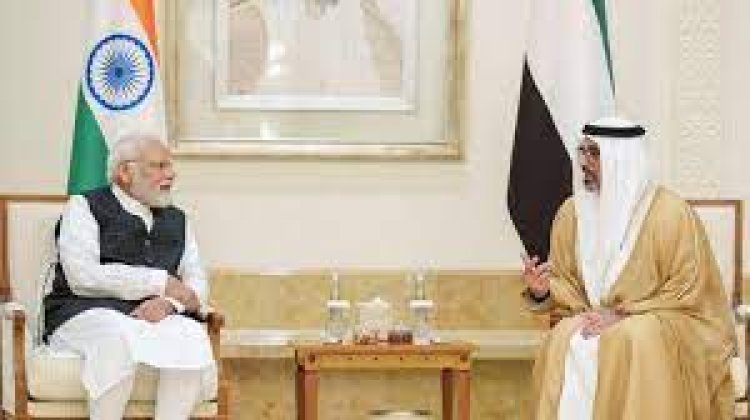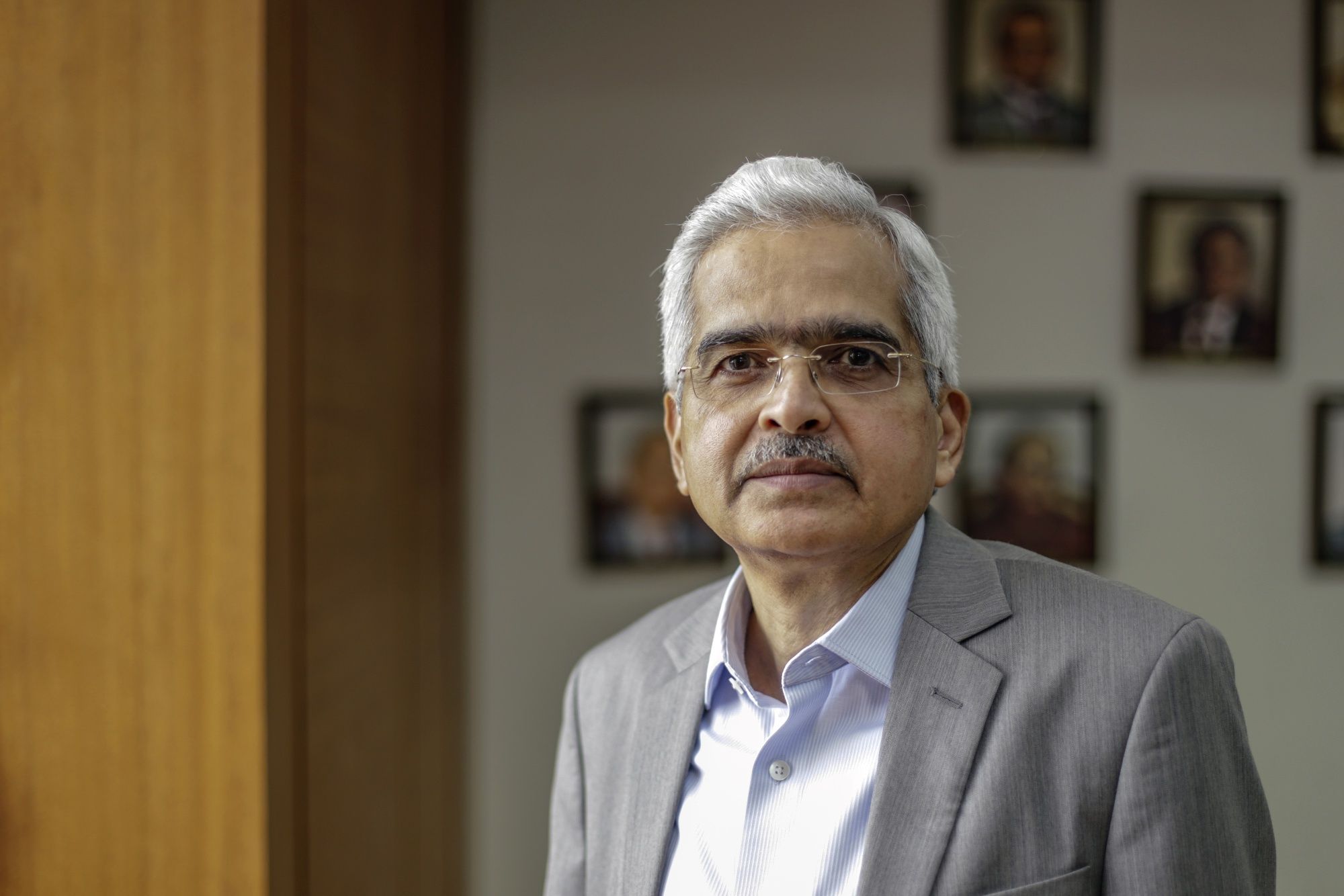India and the UAE will make a plan to settle deals in their own currencies.
India's UPI and the UAE's Instant Payment Platform are also linked by an MoU between the Reserve Bank of India and the Central Bank of UAE.

India and the UAE have agreed to utilise each other's currencies for settlement of bilateral transactions by signing a memorandum of understanding (MoU).
During Indian Prime Minister Narendra Modi's visit to the West Asian country, MoU was signed between RBI Governor Shaktikanta Das and UAE Central Bank Governor Khaled Mohamed Balama.
The Reserve Bank of India announced on July 15 that it had signed a memorandum of understanding with the United Arab Emirates to "establish a framework for the use of local currencies for transactions between India and the UAE" with the goal of developing a "Local Currency Settlement System" to encourage the use of the Indian rupee and the United Arab Emirates dirham in bilateral trade.
"The MoU covers all current account transactions and permitted capital account transactions," the Indian central bank said.
The MoU would "pave the way for enhanced economic collaboration and will make international financial interactions simpler," as Prime Minister Modi put it in a tweet.
The MoU is the most recent step India has taken to promote the use of the rupee as a means of payment in foreign trade. In an effort to promote the use of the rupee abroad, the Reserve Bank of India (RBI) has announced plans to institute a mechanism to settle international commerce in rupees by July 2022.
After Russia invaded Ukraine in February 2022 and was subsequently punished with sanctions, the first use of this method appears to have been the purchase of oil at a discount. However, the process has not been successful, and there are now rumours that negotiations between India and Russia to settle their bilateral commerce in rupees have been put on hold since Russia has amassed billions of rupees in Indian banks that it cannot access.
Instead, India continues to use US dollars to pay for the majority of its oil imports from Russia, with only a small portion being paid in a mix of currencies, including dirhams and the Chinese Yuan,
The Reserve Bank of India (RBI) released a statement on July 15 stating the establishment of a local currency settlement system with the UAE will allow merchants to invoice and be paid in local currencies, hence fostering the growth of a rupee-dirham foreign exchange market.
Investments and remittances between the two countries would benefit from this agreement as well. The use of local currencies, the RBI said, "would optimise transaction costs and settlement time for transactions, including for remittances from Indians residing in the UAE."
With a total of $53.23 billion in imports and $31.61 billion in exports in 2022-23, the United Arab Emirates (UAE) ranked as India's third-largest trade partner. Goals for non-petroleum product trade between the two countries have been set at $100 billion by 2030, up from the current level of $48 billion.
It was in May of 2022 that India and the UAE finalised their Comprehensive Economic Partnership Agreement.
Another UPI linkage
India and the United Arab Emirates have struck an agreement to connect their instant payment systems in addition to the MoU on rupee trade. According to the Reserve Bank of India (RBI), "users in either country to make fast, convenient, safe, and cost-effective cross-border funds transfers" will be facilitated by the connection of India's Unified Payments Interface (UPI) with the UAE's Instant Payment Platform (IPP).
After Prime Minister Modi announced in July, while visiting France, that Indian tourists will be able to make rupee payments using UPI from the top of the Eiffel Tower, the potential linking of the UPI with the UAE's IPP is the latest such international connection that India has put in place. In February of this year, India and Singapore signed an agreement connecting the UPI with Singapore's instant payment system, PayNow.
Both countries have committed to working together to link their respective Card Switches (RuPay switch and UAESWITCH) and are exploring the possibility of joining their respective payments messaging systems as part of a second MoU.
By interconnecting Card Switches, domestic cards can be used for purchases anywhere in the world. By connecting their respective messaging infrastructures, the RBI hopes to streamline the exchange of financial messages between the two countries.
Also Read : Modi’s France visit to deepen India’s ties with Europe



















